An LED video wall is a large display consisting of individual LED panels or tiles that are combined to form a single seamless display. Panels are usually square or rectangular in shape and vary in size depending on the overall dimensions required for the video wall.
- What is LED Video Wall
- Common Pitfalls of Using LED Video Wall
- How to Avoid These Pitfalls, Any Suggestions
What is LED Video Wall
LED video walls are made up of many individual LED panels or tiles, each with its own set of LEDs that can produce a range of colors. These panels are typically arranged in a grid pattern, with each panel connected to a video processor or controller that coordinates the display of images or video throughout the wall.
These panels can be mounted to a supporting structure, such as a wall or frame, and are usually lightweight and easy to install. They can be configured in a variety of sizes and shapes, from small displays to large video walls that span entire buildings.
LED video walls are commonly used in a variety of settings including indoor and outdoor advertising, digital signage, entertainment, sports and events. They can display high-resolution images, video, and text and are known for brightness, color accuracy, and wide viewing angles.
LED video walls offer several advantages over other types of displays, including high brightness, color accuracy, and durability. They can be used in various settings and can be customized to specific requirements, making them a versatile and effective display solution.
Common Pitfalls of Using LED Video Wall
While LED video walls are a powerful display solution, there are some common pitfalls to be aware of when using them:
- High Cost: LED video walls can be expensive, especially for large installations or custom configurations. The cost of installation and maintenance must also be taken into account.
- Power Consumption: LED video walls require a significant amount of power, which can result in high energy bills. It’s important to consider energy-efficient LED panels and optimize the display’s settings to minimize power consumption.
- Heat Dissipation: LED panels generate heat during operation, and it’s important to ensure that the display is properly ventilated and cooled to prevent damage to the panels.
- Viewing Distance: LED video walls with a very fine pixel pitch can be expensive and may not be necessary for some applications. Choosing a pixel pitch that is too small for the viewing distance can result in a wasted investment.
- Maintenance: LED video walls require regular maintenance to ensure that they continue to operate at peak performance. Maintenance can be time-consuming and expensive, and it’s important to factor in these costs when budgeting for the display.
- Content Creation: Creating content for an LED video wall can be challenging, as the display’s unique aspect ratio and resolution must be taken into account. It’s important to work with experienced content creators or invest in the necessary tools to create high-quality content.
- Installation: The installation of an LED video wall can be complex and requires experienced installers. Improper installation can result in a suboptimal display, damage to the panels, or safety hazards.
Overall, LED video walls can be a powerful display solution, but it’s important to be aware of the common pitfalls and take steps to address them. By planning for installation, maintenance, and content creation, you can ensure that your LED video wall delivers the desired results.
How to Avoid These Pitfalls, Any Suggestions
Here are some suggestions for how to avoid common pitfalls when using LED video walls:
- Cost: Consider your budget and choose an LED video wall that meets your needs without overspending. Be sure to factor in installation and maintenance costs when budgeting for the display.
- Power Consumption: Choose energy-efficient LED panels and optimize the display’s settings to minimize power consumption. Consider using a power management system to monitor and control power usage.
- Heat Dissipation: Properly ventilate and cool the display to prevent damage to the panels. Work with an experienced installer to ensure that the display is installed correctly and that the cooling system is designed for the specific installation.
- Viewing Distance: Choose an appropriate pixel pitch based on the viewing distance to ensure that the display is cost-effective and delivers the desired results.
- Maintenance: Choose an LED video wall with high-quality components and work with a reputable installer to ensure that the display is properly maintained. Consider a maintenance contract with the manufacturer or supplier to minimize unexpected costs.
- Content Creation: Work with experienced content creators or invest in the necessary tools to create high-quality content that is optimized for the LED video wall’s aspect ratio and resolution. Test content on the display before finalizing it to ensure that it looks as expected.
- Installation: Work with an experienced installer who has installed similar displays in the past. Ensure that the installer has the necessary tools and equipment to properly install the display and that safety measures are in place.
Overall, it’s important to work with experienced professionals and reputable suppliers to ensure that your LED video wall is properly designed, installed, and maintained. By taking steps to avoid common pitfalls, you can minimize unexpected costs and ensure that your LED video wall delivers the desired results.
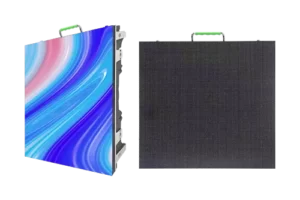
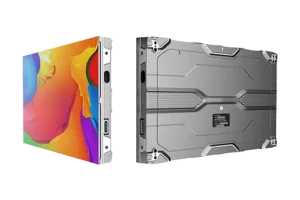
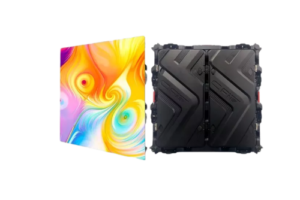
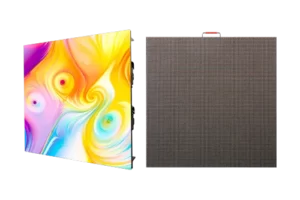
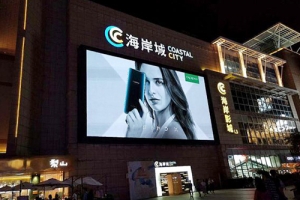
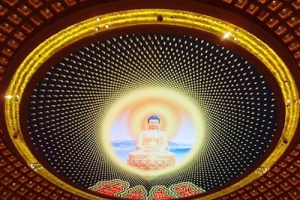
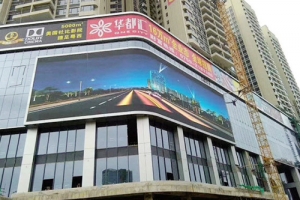
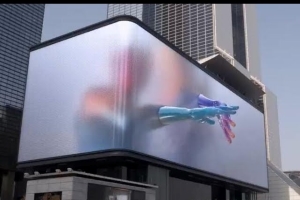
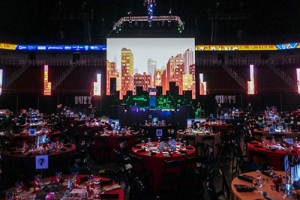
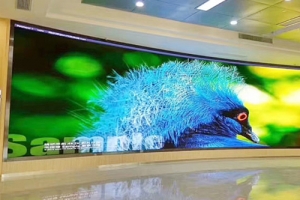
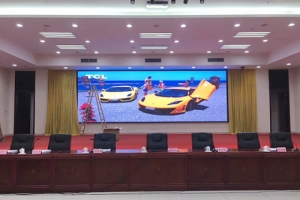
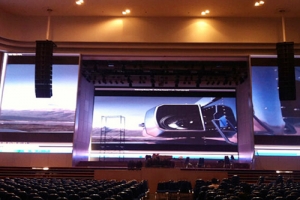

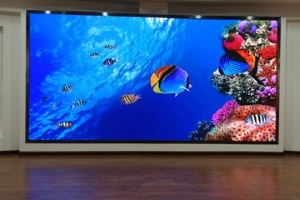

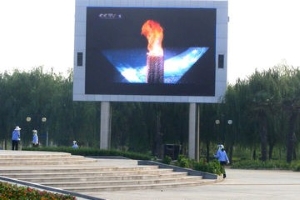
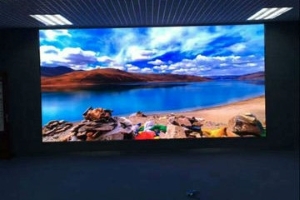

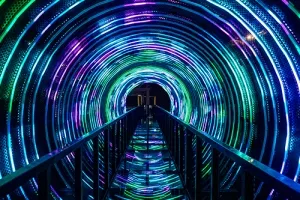
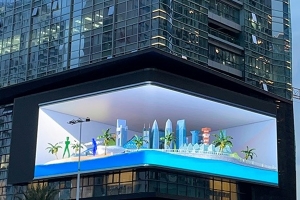


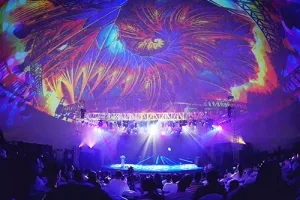
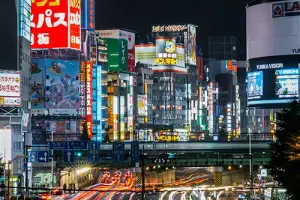
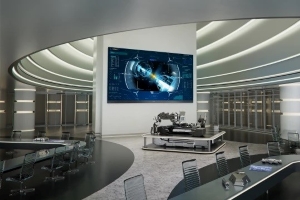



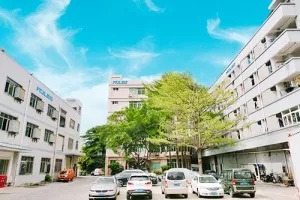


 Language
Language 




